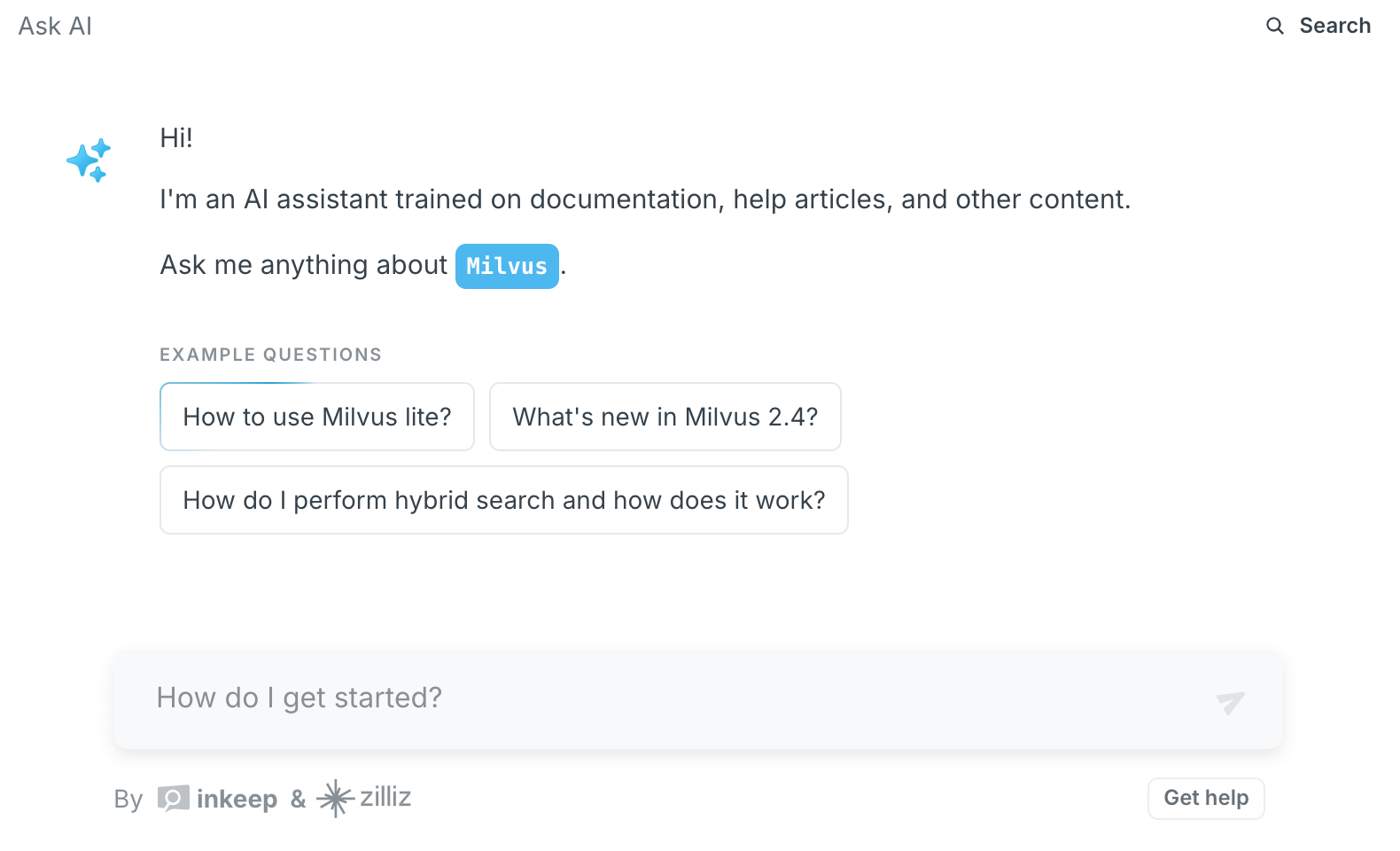To scale a vector store for a RAG system handling large knowledge bases or high query volume, three key strategies are sharding, optimized indexing, and infrastructure adjustments. Sharding distributes data across multiple nodes to reduce latency and improve throughput. Indexing optimizations focus on balancing search speed and accuracy. Infrastructure changes address resource allocation and query routing to maintain performance under load.
Sharding splits the vector store into smaller, manageable partitions. For example, horizontal sharding divides vectors across nodes based on metadata (e.g., date ranges or categories), allowing parallel query execution. Some systems use locality-sensitive hashing (LSH) to group similar vectors in the same shard, reducing cross-node searches. Tools like FAISS or Elasticsearch support sharding by distributing indexes across clusters. Replication can complement sharding: creating read-only copies of shards improves availability and handles read-heavy workloads. However, sharding requires careful planning to avoid hotspots—uneven data distribution that overloads specific nodes.
Indexing optimizations trade minor accuracy losses for significant performance gains. Approximate Nearest Neighbor (ANN) algorithms like HNSW (Hierarchical Navigable Small World) or IVF (Inverted File Index) accelerate searches by organizing vectors into navigable graphs or clusters. For example, HNSW builds layered graphs where top layers enable fast coarse searches, and lower layers refine results. Quantization techniques like Product Quantization (PQ) compress high-dimensional vectors into smaller codes, reducing memory usage and speeding up distance calculations. Combining methods (e.g., IVF-PQ in Faiss) can further optimize throughput. Tuning parameters like the number of clusters (IVF) or graph connections (HNSW) is critical—benchmarking helps balance recall and latency for specific workloads.
Infrastructure adjustments include using in-memory databases (e.g., Redis) for caching frequent queries and precomputing embeddings. Load balancers distribute incoming requests evenly across nodes, while tiered storage separates hot (frequently accessed) and cold data. For cloud deployments, managed services like Pinecone or AWS OpenSearch offer auto-scaling and serverless options to handle traffic spikes. Monitoring tools (e.g., Prometheus) track query latency and node health, triggering scaling events when thresholds are breached. For example, a system might spin up additional shards during peak hours or switch to GPU-accelerated indexing for compute-heavy tasks. These layers work together to ensure the vector store scales efficiently without degrading user experience.
